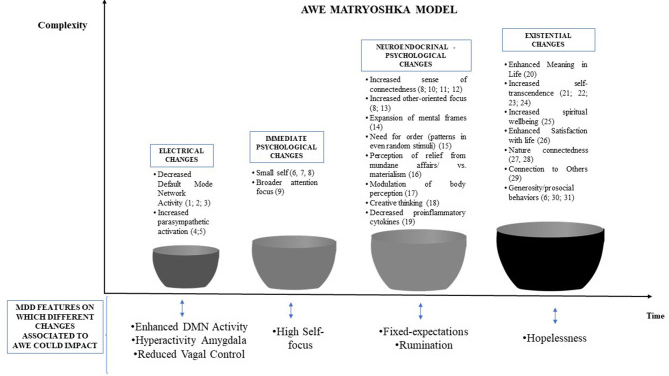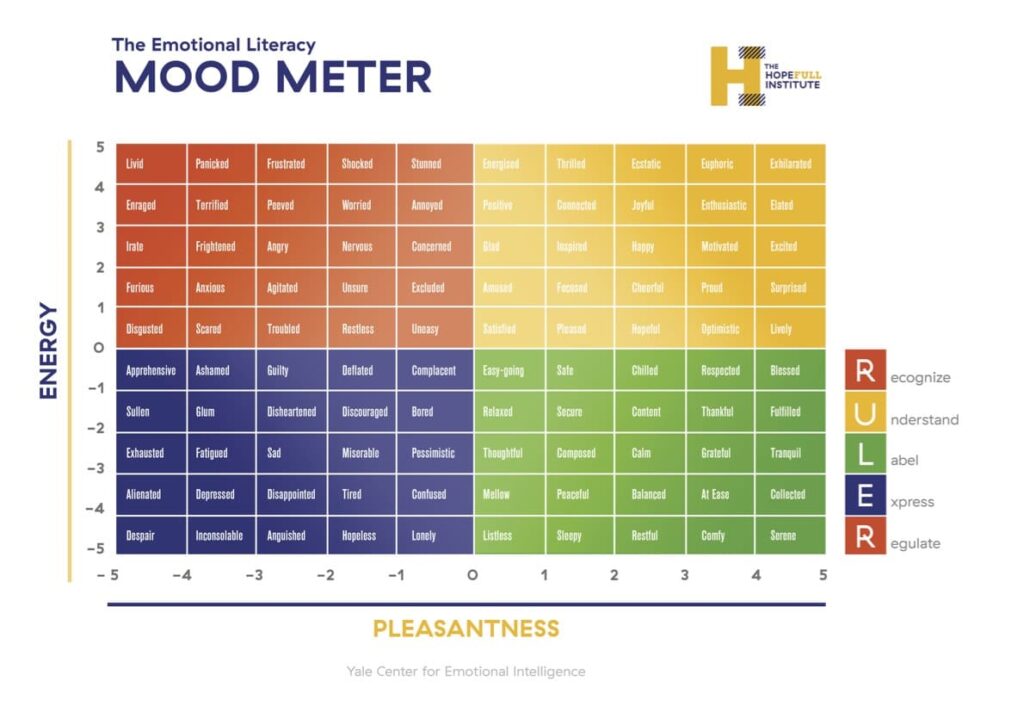5 Ways Trauma Rewires Your Brain for Survival
The human brain is remarkably adaptive, especially in response to adversity. When individuals experience neglect, emotional or verbal abuse, sexual abuse, or witness family violence—particularly in early childhood—their brains undergo survival-based changes to help them navigate a dangerous world. These adaptations are, in many ways, a reflection of the brain’s resilience. However, when trauma survivors move into safer environments, they often struggle deactivating the survival mechanisms they developed. Understanding how the brain adapts to trauma can be the first step in healing and reclaiming a sense of safety.
Imagine a child growing up in a confusing home where every interaction holds the potential for emotional or physical harm. This child’s brain learns to adapt for survival. Now, picture this child as an adult now living somewhere safe. Logically, they know they’re no longer in danger, but their brain hasn’t fully caught up yet. Instead, it continues to operate in survival mode, shaping the way they think, feel, and connect with others—even long into adulthood.

Much like animals in the wild, who develop specific survival tactics in response to threats, trauma survivors exhibit similar resilience. Nature documentaries often showcase how animals adapt to harsh environments—whether it’s a gazelle learning to anticipate predators or a bear cub developing defensive skills after early hardships. While these adaptations serve them well in the wild, if these animals were relocated to a protected sanctuary, they might initially struggle adjusting to the lack of danger. Similarly, trauma survivors may find it difficult to shift from survival mode to a state of peace and trust, even when they are safe.
Here are five ways your brain changes in response to trauma:
1. In Trauma, Hypervigilance Becomes the Norm

After experiencing prolonged danger, your brain becomes hyper-aware of potential threats. The amygdala, the part of the brain responsible for detecting danger, becomes overactive, leading to heightened anxiety and an exaggerated startle response. This makes it difficult to relax, even in safe environments, as your brain continuously scans for danger.
In the animal kingdom, prey animals like deer or rabbits exhibit similar hypervigilance. Their finely tuned senses help them detect danger, but when placed in a controlled environment where threats are minimal, they may still exhibit skittish behavior until they learn to feel safe.
How This Affects Relationships:
- You may constantly anticipate conflict, even in peaceful relationships.
- Small misunderstandings may feel like major threats, leading to overreactions.
- You might struggle to believe your partner’s reassurances, fearing hidden dangers.
2. Emotional Regulation Becomes Difficult when Traumatized
Trauma impacts the prefrontal cortex, the area of the brain responsible for impulse control and emotional regulation. When this region is impaired, it results in heightened emotional reactivity, difficulty managing stress, and challenges in expressing emotions in a healthy way. You may find yourself easily overwhelmed or reacting to situations that seem minor to others.
Similarly, animals that have faced repeated stress, such as rescued shelter dogs, often struggle with emotional regulation. They may lash out or retreat, not because they are naturally aggressive, but because their past experiences have wired their brains to expect harm.
How This Affects Relationships:
- You might experience sudden mood swings, feeling fine one moment and deeply upset the next.
- Expressing emotions may feel overwhelming, leading to either emotional outbursts or complete withdrawal.
- Your partner may struggle to understand why small triggers cause big reactions.
3. Trust Issues Become Deeply Ingrained through Trauma

Because early trauma often involves betrayal or harm from caregivers, the brain learns that people—even those who claim to love you—may not be completely safe. The brain wires itself to be cautious in relationships, leading to difficulties in trusting others, fear of vulnerability, and challenges in forming healthy attachments.
In nature, animals that have been hunted or mistreated by humans often remain wary, even when approached with kindness. A rescued horse that has been abused may take years to learn to trust its new caretaker, despite being in a loving home. The same applies to trauma survivors—learning to trust again takes time and patience.
How This Affects Relationships:
- You may struggle to believe that your partner’s love is genuine or lasting.
- Opening up emotionally may feel impossible, leading to distance in relationships.
- Fear of abandonment might cause you to push people away before they have a chance to leave.
4. Survival Mode of Trauma Disrupts Logical Thinking

The hippocampus, a brain region involved in memory and learning, is affected by trauma, making it difficult to differentiate past from present. This means that even in a safe environment, your brain may react as if the trauma is happening all over again. This can lead to difficulty making decisions, chronic stress, and difficulty retaining positive experiences.
Consider a wild animal repeatedly exposed to danger—its brain remains wired to react instinctively rather than logically. A fox that has barely survived multiple predator encounters may struggle to distinguish a genuine threat from a harmless situation. Likewise, trauma survivors often operate from a protective than connective place.
How This Affects Relationships:
- You may misinterpret neutral comments or actions as personal attacks.
- It can be difficult to see your partner’s intentions clearly, leading to misunderstandings.
- Conflict resolution may feel impossible, as your brain automatically assumes the worst.
5. Trauma Distorts Self-Perception
When trauma happens early in life, particularly at the hands of caregivers, the brain may internalize the experience as a reflection of self-worth. This can result in deep-seated feelings of shame, guilt, or unworthiness. Survivors may develop negative self-talk, struggle with self-compassion, and feel as though they are fundamentally broken.
A perfect example of this can be seen in elephants that have been held in captivity. Even when freed, some remain chained mentally, believing they are still confined. Similarly, trauma survivors may feel stuck in limiting beliefs about themselves, even when those beliefs are no longer valid.
How This Affects Relationships
- You may feel unworthy of love, leading to self-sabotage in relationships.
- Accepting compliments or kindness from others may feel uncomfortable or even suspicious.
- A deep fear of rejection may cause you to settle for unhealthy relationships or avoid intimacy altogether.
Reach Out and Move Toward Healing
The good news is that the brain remains plastic—meaning it can change and heal even after years of trauma-induced adaptations. Therapy, mindfulness, and trauma-informed practices can help retrain the brain to recognize safety, regulate emotions, and develop healthier relational patterns.
Like rehabilitated wildlife that learns to thrive in a protected environment, trauma survivors can relearn what it means to be safe, loved, and emotionally free. If you recognize these trauma responses in yourself, know that you are not alone. Your brain adapted to survive, but now, you deserve to heal. With the right support, you can create new neural pathways that foster a sense of safety, trust, and emotional balance in your life.



















